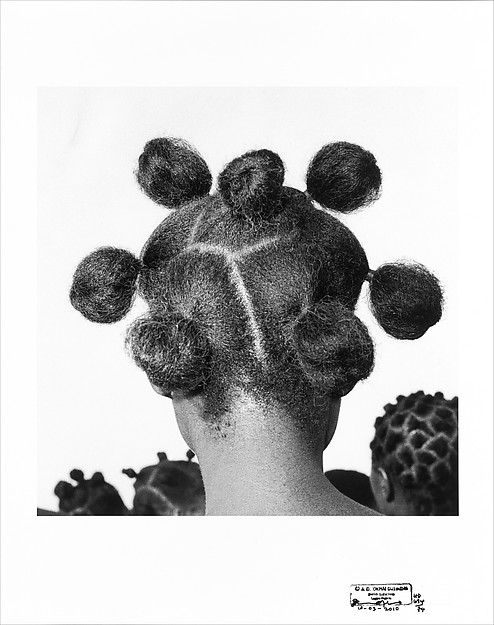
All you need to know about afro hair
Afro-textured hair or kinky hair is the hair texture of Afro-descendant. Here is all you need to know about :
Afro hair structure
The hair of all human beings has the same chemical composition: keratin proteins.
The keratin proteins are sealed from each other by sulphur molecules, which give them a better cohesion and rigidity, while the form of amino acids sulphured component of hair.
A good distribution of keratin can make the hair stronger.
Black populations hair differs in the distribution of lipids in the hair.
Black Hair Follicules
The shape of the hair depends largely on how it grows, this depends on the shape of the hair follicle and its implantation in the scalp.

The sebaceous gland secretes sebum, which lubricates and protects the hair, it also produces keratin.
Curly or Kinky Hair
Among black people, the hair follicle is curved.
Each strand of hair grows in a tiny spring-shaped puller bouchon. It grows almost in parallel to the scalp and is whirling on itself, making it curly or kinky.

how afro hair grow

Afro hair grows slowly. In general, black people have less hair compared to the Caucasian population, but their texture is denser. For this reason, it is often referred to as “thick”; According to some studies, this density would protect the scalp from the sun.
Afro hair are less densely concentrated: the average density of hair is about 190 hairs per square centimetre. This rate was significantly lower than Caucasian hair, which, on average, produces about 227 hairs per square centimetre.
How fast does afro hair grow
Afro hair are growing slower than the hair of Caucasian type: Afro hair grows at an average rate of approximately 256 micrometres per day, while that of Caucasians increases to approximately 396 micrometres per day, less than 0.9 cm per month as against 1.2 cm for Caucasian hair.
This type of hair is dry and its unique shape also makes it very likely to break when it is combed or brushed;
Its unique shape, is often limited length that hair can grow that combing and brushing tends to break the tip of the hair.
Afro hair is dry and brittle
– Among black people, the sebaceous gland is smaller and therefore produce less keratin and sebum which makes the hair dry.
Under a hot, humid, sebaceous glands, stimulated by the sun produce more sebum.
However, in temperate climates, as in some European countries, curly hair will tend to become dehydrated due to lack of sun.
On the other hand, the lack of moisture causes a tightening of the pores of the skin which has three effects on the scalp hair afros:
1 – The pores tightened confuse the sebum from its natural course, instead of vented to the outside of the scalp, it remains below the skin as toxins, which encase themselves around the roots and may hinder their irrigation
2-Outside the scalp, the scarcity of sebum (already low by nature) accentuates drought and curling hair, which leads to greater difficulty in styling.
3-The dehydration of the scalp can also cause a scaly condition, ranging from simple films to real skin diseases.
On the other hand, pushing the curly hair, keratin is poorly distributed making it too brittle as dry.
– Scalp, too, tend to be dry because of lack of sebum resulting in dandruff.
– Hairdressing practices are also very drying to the hair dry naturally (straighteners, straightening irons, which dehydrates the hair …). They will cause or exacerbate the fragility of our hair is naturally dry and brittle. This can cause significant falls thereafter.
– Hard water also makes hair more fragile, because it dries them up.
Afro hair texture allows more styling
Our hair is dry, brittle and grow slower. However, afro hair texture allows us a multitude of hairstyle: braids, weaving mats lying ….
Our hair requires a special care, and when properly maintained, it becomes beautiful.
How to care for afro hair
- Use a “shampoo suitable for very dry and frizzy. And not too much detergent because with hard water it will accentuate the dryness of the scalp and hair shedding which will make it drier and brittle.
Do not confuse moisturize and lubricate the hair. the fats can suffocate the hair and scalp clogging the pores and which does not allow him to breathe. Use moisturizer after shampooing.
- If you live in a city where water is calcareous, and if you can, wash your hair with rain water or rinse hair with mineral water.
Otherwise use a conditioner that will fight against the drying effect of limescale.





